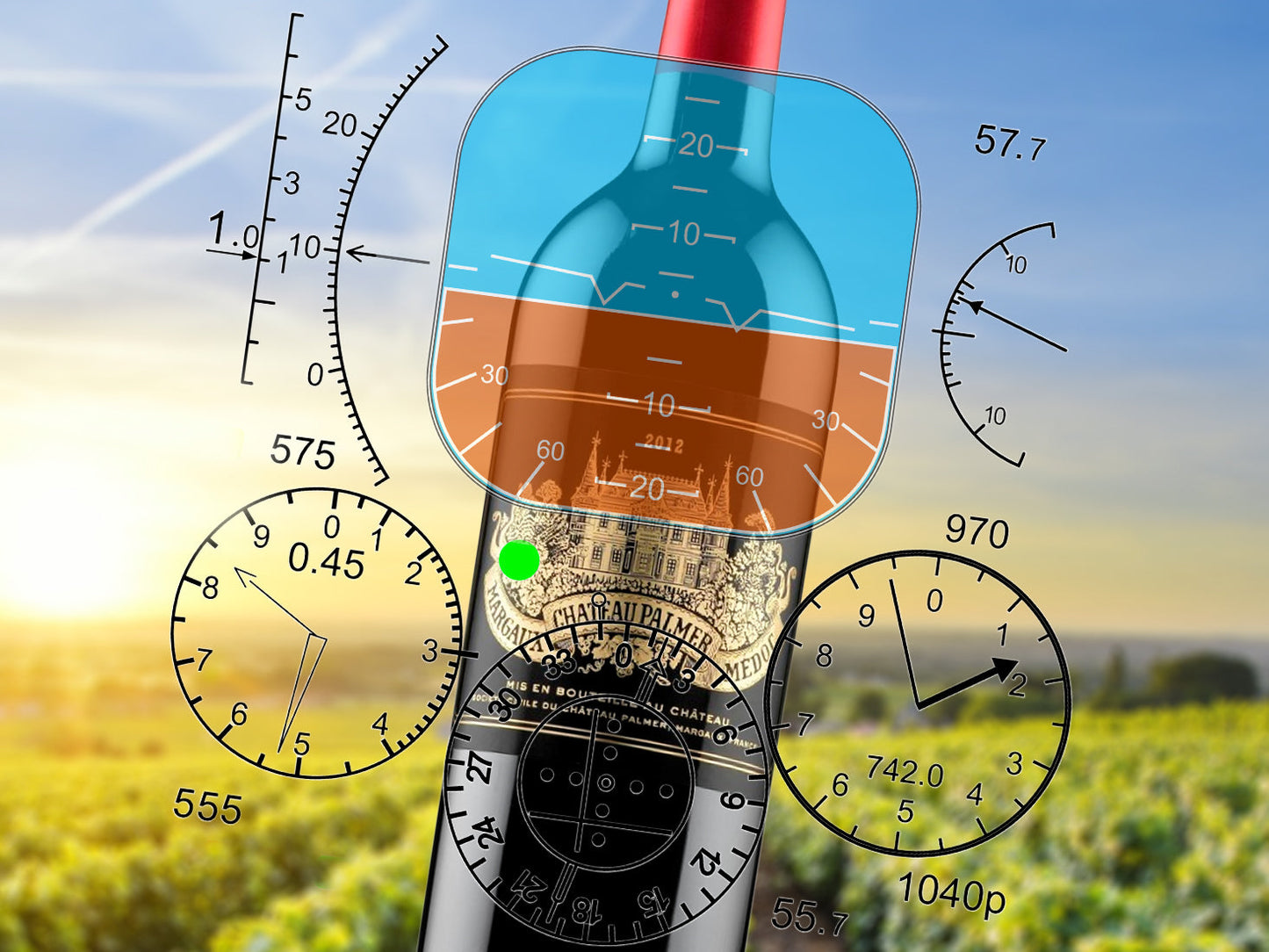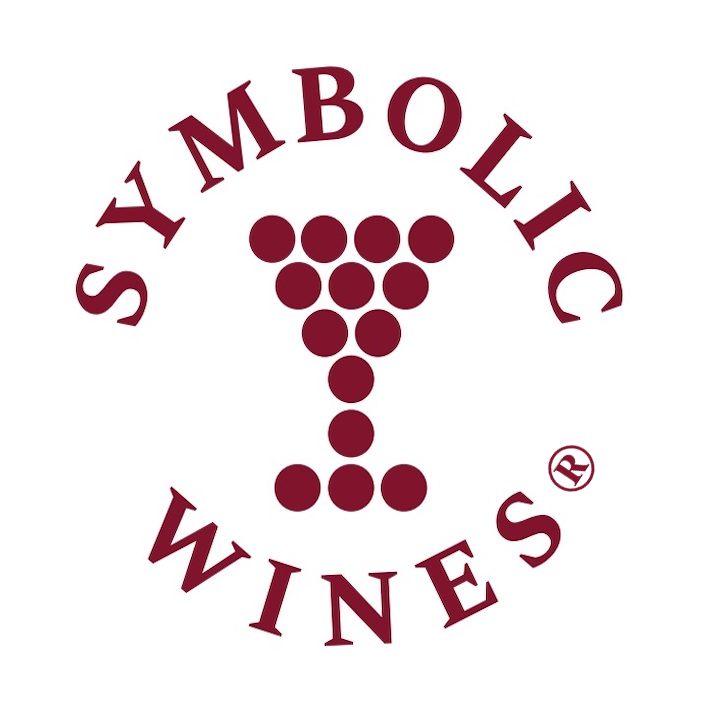
Photos: SW Team
Text by: Gleb King
There’s a popular joke among sommeliers: “We had a vertical tasting that eventually went horizontal”, meaning that the tasting has become a party. Actually there is much more meaning in these two terms. Lets’ disclose it once and for all.
Vertical tastings
In professional circles, when talking about a "vertical", they usually mean tasting the same wine from different vintages. Such tasting is usually held only for wines with the potential for aging and development in the bottle. You need at least 3 bottles of consequent vintages to call tasting vertical. A set of two wines is simply a comparison of two vintages, but three can already give an idea of the style of the estate through several years.
There’s no limit of samples for such tastings – sometimes they consist of 10 or more bottles. There’s no strict rules of sequence – the main advice is to taste from old to newer vintages. Vertical may be of wines from different decades and even centuries. Such events are for high level pros and are usually held by wineries or wine sellers. The cost of samples in this case reaches tens and even hundreds of thousands of euros.

This Domaine de Chevalier 2012-2013-2014 Gift Set gives view on one of the most prominent Bordeaux wines in 3 year’s perspective.
Vertical tastings are held to show the potential of terroir through the prism of different weather conditions. Viticulture is a part of agriculture, and each harvest year leaves its mark on a particular wine. However, some great vineyards can show their individuality through the years. Another thrill of the vertical is also in seeing how the same vineyard develops through time – the roots of vine may grow deeper each year and there is going to be a stronger connection with terroir. Sometimes in such testings you can catch a change in the style of the estate, for example, due to a change of winemaker, renewal of the barrel park or acquisition of a new press.
Vertical tasting is incredibly useful for the winemakers themselves, to better understand their wines. This is why some chateaux in Bordeaux buy old vintages of their wines on the secondary market to expand the estate's library. For sommeliers and advanced wine lovers, vertical is a chance to feel the nuances of vintages and the style of the winemaker.

Great example of the professional horizontal tasting. Our columnist Greg Somm is comparing different vintages of the same vineyard: Chambolle-Musigny.
Horizontal tastings
Horizontal tasting is a comparison of wines of the same vintage, the same region and the same variety from different producers. Such tastings are usually organized by associations of wineries or appellation regulators for the comparison and evaluation by critics, journalists and wine merchants. Sometimes wines are tasted blind, so that the public do not have prejudices or, on the contrary, sympathies. Such tastings allow us to assess the potential of the vintage, see how each winery worked under the same conditions of the year and identify the style of each producer. With this approach, wines are often rated on a certain scale, which ultimately allows them to be ranked from best to least successful.

The horizontal set of Château Smith Haut Lafitte, Château Pape Clément and Domaine de Chevalier 2014 helps to understand the vintage from the 3 different wineries and styles’ point of view.
Horizontal also may be a comparative tasting of one grape variety from different countries. This system is often used by sommeliers or students of various wine programs, such as WSET or IMW. It allows to highlight the distinctive features of a particular variety in different terroirs and in different climates.
Horizontal suits more for amateur wine lovers – you may “travel” many places without leaving a wine bar. If professionals usually taste blind, beginners feel more comfortable if they initially have an idea of wine, but do not know the order of serving. There are other options for horizontal tasting: for example, lines of different wines from one producer or the same wine aged in different glasses. The main thing is that at least one of the characteristics matches. Such tastings are an excellent tool for expanding knowledge about wine. They reinforce dry theory with pleasant practice.
